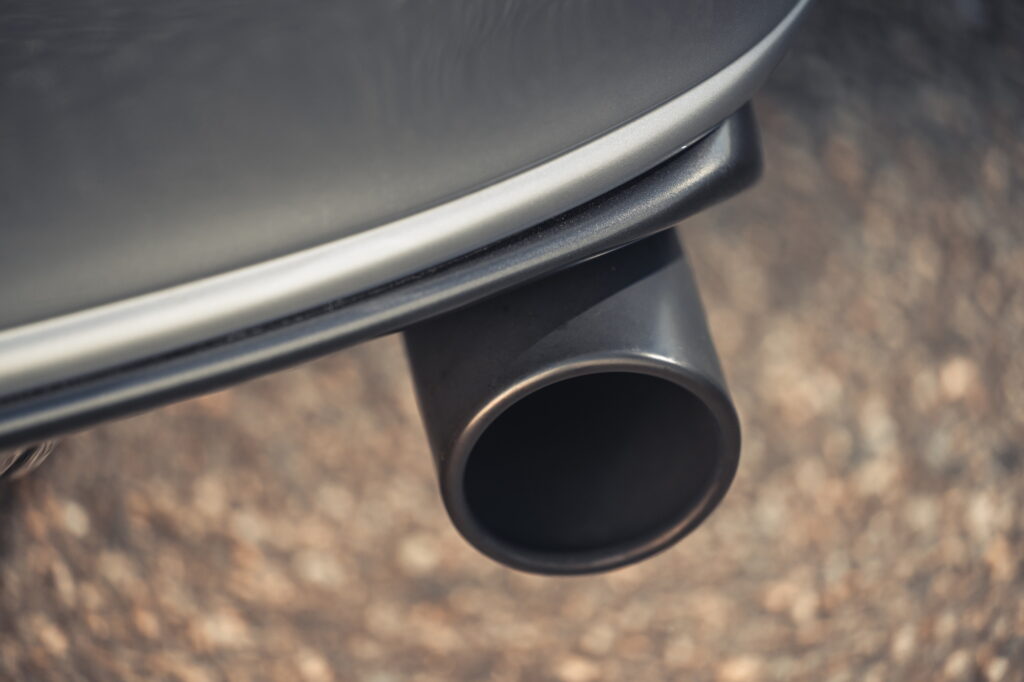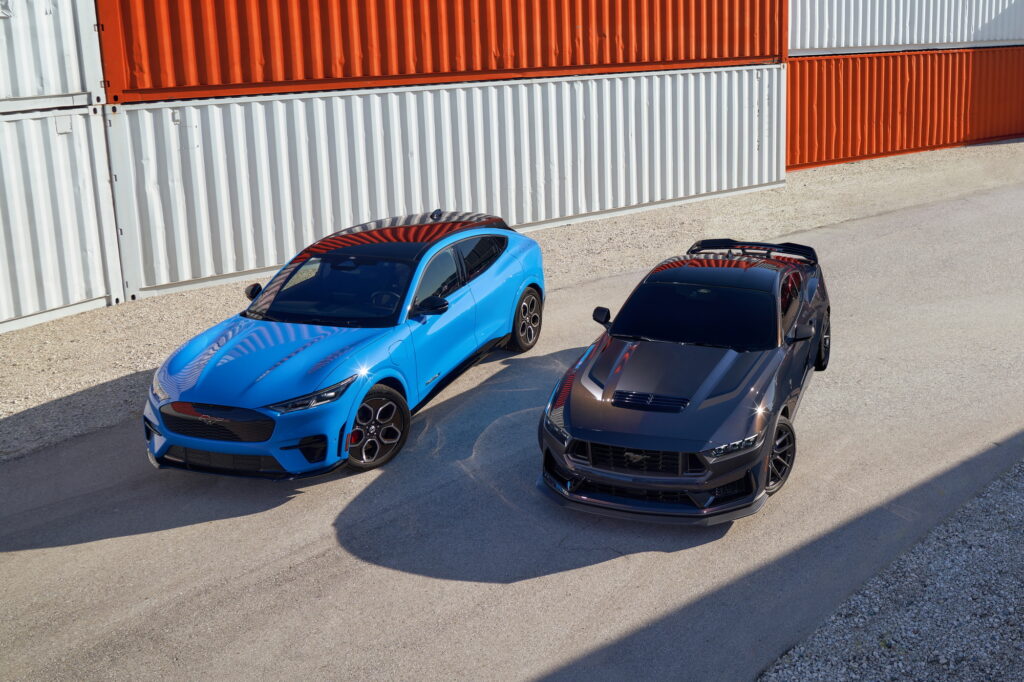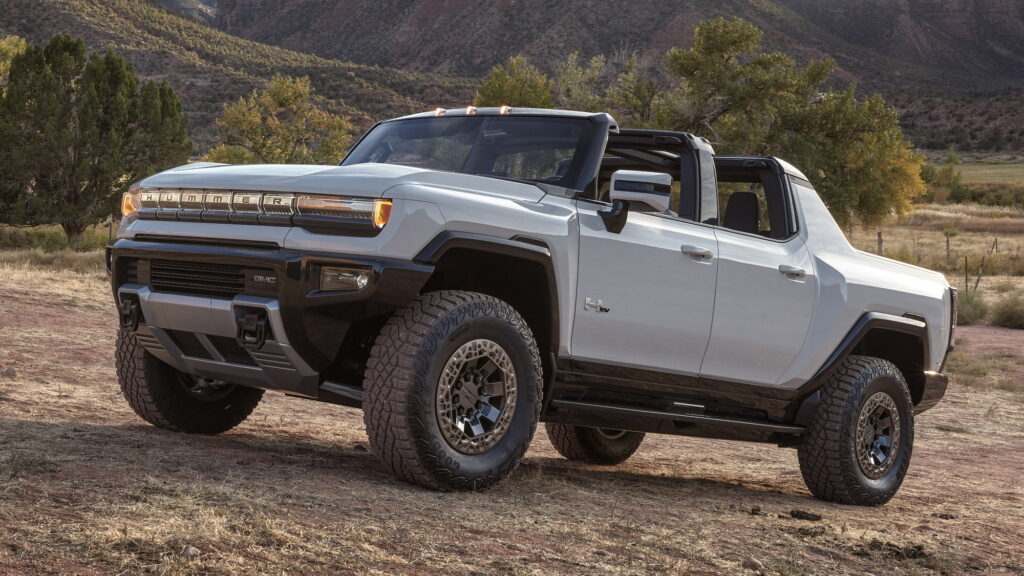The Biden administration is proposing what it describes as the “strongest-ever” pollution standards for new vehicles. Through stricter emissions rules, it expects that the as many as two thirds of new light-duty vehicles will be electric by 2032.
The new rules will build on Environmental Protection Agency (EPA) standards that already affect new vehicles between 2023 and 2026. The administration says that it is simply leveraging advances in clean vehicle technology to further reduce pollution.
“By proposing the most ambitious pollution standards ever for cars and trucks, we are delivering on the Biden-Harris Administration’s promise to protect people and the planet, securing critical reductions in dangerous air and climate pollution and ensuring significant economic benefits like lower fuel and maintenance costs for families,” said Michael S. Regan, the EPA‘s administrator.
More: Is The MPGe Rating System Misleading? US Gov Proposes Stricter Fuel Economy Rules For EVs and PHEVs

Starting in 2027, emissions targets will tighten every year, until they reach a fleet-wide average of 82 grams of carbon dioxide per mile for the 2032 model year. For medium-duty vehicles, the target will by 275 grams per mile by 2032. The proposal would require automakers to reduce their fleet-wide CO2 emissions by 13 percent per year, on average, over the five-year period.
“These ambitious standards are readily achievable thanks to President Biden’s Investing in America agenda, which is already driving historic progress to build more American-made electric cars and secure America’s global competitiveness,” said Regan.
New Rules Could Lead To 67% Of New U.S. Cars Being Electric
Depending on how automakers choose to comply with the new rules, the EPA estimates that electric vehicles could account for 67 percent of new light-duty vehicles and 46 percent of new medium-duty vehicles by 2032.
The EPA projects that these targets will reduce fleet average greenhouse gas emissions by 56 percent for light-duty vehicles, and 44 percent for medium-duty vehicles. In addition, changes made to the standards for heavy-duty vehicles are expected to avoid 1.8 billion tons of CO2 emissions through 2055, the equivalent of a full year of pollution from the entire U.S. transportation sector, at current rates.
Across all light, medium, and heavy-duty vehicles, the EPA projects that this proposal will prevent the emission of 10 billion tons of CO2 through 2055. It will also reduce oil imports by 20 billion barrels, save consumers an average of $12,000 over the life of their vehicle, and the benefits for the country are expected to outweigh the costs by $1 trillion.
Auto Industry Raises Concerns
Despite the advantages claimed by the EPA, the automotive industry is concerned. The Alliance for Automotive Innovation—an industry lobby group—has raised concerns about the preparedness of EV charging infrastructure, consumer interest, and more. In a blog post shared today, Aliance for Automotive Innovation CEO John Bozzella described the EPA’s proposed emissions plan as “aggressive by any measure” adding that “it sets automotive electrification goals in the next few years that are… very high”.
Meanwhile, environmental groups say that the rules fail to address the continued popularity of gas-guzzling vehicles, which could still be sold alongside EVs, reports Reuters. They also claim that the rules will still fall short of the 75 percent pollution cut in pollution required to protect ourselves from a heating planet.









